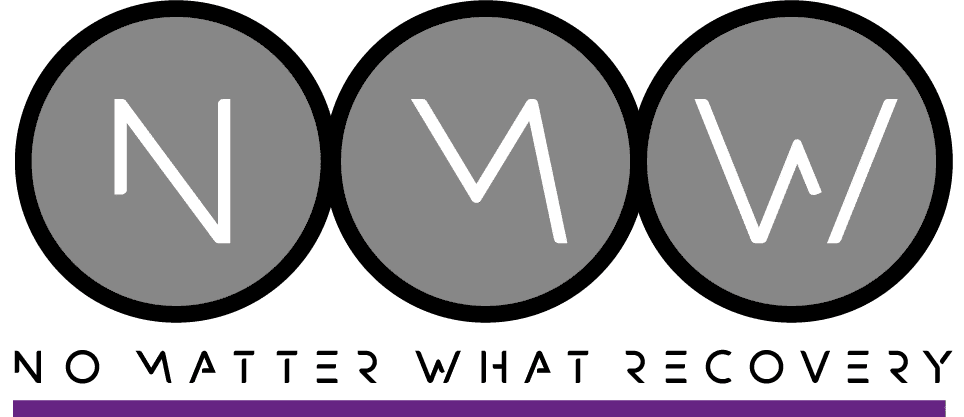How Long
Can You Stay in a Sober Living
House
Clinically Reviewed by: Mell McCracken, CADC-II, ASAT, RAE
Ever wondered what life after rehab looks like? For many, it’s a step into the welcoming arms of a sober living house. But, just how long can one embrace this transitional phase?
The Basics of Sober Living
Sober living is like a bridge connecting the structured environment of a rehab center and the unpredictable waves of the real world. A sober living house, or sober living program provides an intermediate step, offering residents a place to hone the skills and strategies they’ve learned in addiction treatment before diving back into their daily lives.
Who are Sober Living Houses for?
Everyone and anyone seeking a safety net post-rehab. From those newly sober to individuals who’ve been clean for months but aren’t quite ready to face the world solo, a sober living community is an invaluable resource.
Why is Sober Housing Important in Recovery?
Imagine climbing a mountain and then suddenly being dropped off at the peak without any gear. That’s what the transition from substance abuse rehab to regular life can sometimes feel like. A sober living facility serves as that essential gear, aiding individuals in acclimating to normal life without the immediate risk of relapse. They offer a community of peers who understand the journey, a structured environment to keep residents grounded, and professional support to address any hiccups along the way.
Duration of Stay in a Sober Living House
The length of time a person spends in substance abuse treatment can directly influence their outcome in recovery. This being said, the duration of the stay is dependent on the individual and their needs.
Minimum Duration
There’s no universal answer to this. Some sober houses might ask for a commitment of 30 days to help residents get acclimated, while others have no set minimum, allowing residents to gauge their own readiness.
Maximum Duration
This largely varies among facilities. Some sober living programs might set a limit at one year, ensuring turnover and availability for others in need. In contrast, others prioritize the resident’s journey, allowing them to stay as long as they continue to benefit from the environment, contribute positively, and adhere to house rules.
Average Duration at a Sober Home
On average, residents tend to stay anywhere from 3 to 12 months. The Journal of Psychoactive Drugs reports that the average stay in a sober living home was between 166 and 254 days. But the journey to sobriety isn’t a linear process; it’s a deeply personal journey to addiction recovery. Some individuals might feel grounded and ready to move on quickly, while others cherish the extended support the house offers after substance abuse treatment.
Factors Influencing Duration of Stay
Personal Commitment and Progress
Every individual’s recovery from drug abuse and substance use is unique. The pace of personal growth, the development of coping mechanisms, and the building of outside support systems can all influence how long someone chooses or needs to stay.
House Rules and Policies
Every sober living housing community, treatment center, and treatment facility operates under a set of rules to maintain a safe and supportive environment. Consistent rule violations or an inability to mesh with the community could lead to a shorter stay. On the flip side, adherence and positive contribution might encourage a longer stay.
Financial Considerations
Let’s be real: finances matter. While many sober living homes are more affordable than inpatient rehab facilities and other treatment programs, the costs can add up over time. Grants, scholarships, or sliding scale fees might be available, but for many, financial constraints might be a determining factor in their duration of stay.
Start Healing Today.
Benefits of Extended Stay in Sober Living
Continuous Support
The longer you stay, the more you’re immersed in a nurturing environment. Prolonged exposure to group therapy sessions, peer interactions, and counseling can solidify recovery foundations.
Structured Environment
Consistency is key. Extended stays allow residents to deeply internalize positive routines, ensuring that they become second nature. This recovery house structure provides a buffer against potential relapses once they transition into the wider world outside the life of drug addiction.
Building Strong Relationships
Over time, residents form strong bonds with their peers, fostering a sense of community and belonging. These relationships can be pivotal in maintaining long-term sobriety, providing a network of understanding and support even after leaving the house.
Find Support at a Sober living House
Life after rehab can be intimidating. Sober living houses act as a comforting middle ground, offering support and structure. While the duration of stay varies, the benefits of an extended stay can’t be overlooked. But always remember, the journey to sobriety is uniquely yours.
If you or a loved one are grappling with addiction and looking for a treatment program or sober home, get in touch with No Matter What Recovery. We will find the best treatment option for your unique needs.
FAQs
No, there isn’t a one-size-fits-all answer. The maximum duration primarily depends on the house’s policies and the individual’s unique recovery needs. Some houses might set a time limit to ensure they can accommodate others, while others focus on the resident’s progress and well-being, without strict time constraints.
Policies vary, but many homes adopt a flexible approach. Many homes allow residents to leave and return, understanding that recovery is a dynamic journey. However, the condition is often that returning residents adhere strictly to house rules and maintain their commitment to sobriety while staying in the sober living environment.
Rehab centers are intensive treatment environments designed to address addiction head-on, providing medical oversight, therapy, and detoxification. Sober living homes, on the other hand, are post-rehab facilities. They provide a supportive environment where individuals can gradually reintegrate into society. The emphasis is less on intensive treatment and more on peer support, structure, and the application of coping strategies in real-world scenarios.
While there are commonalities, like maintaining sobriety and attending meetings, each home can have its own set of unique rules. These might pertain to curfews, chores, group activities, or guest policies. It’s crucial to understand and agree with these rules before committing to a specific house.
While there’s a correlation between extended stays and sustained sobriety, it’s essential to note that individual factors play a significant role. Longer stays can provide more in-depth support and structure, which undoubtedly helps. However, individual commitment, external support systems, personal coping mechanisms, and a myriad of other factors also influence long-term sobriety outcomes.

Monica received an M.A. in Clinical Psychology from Pepperdine University, a B.A. in Psychology from the University of Colorado, and is a licensed Marriage and Family Therapist

Monica received an M.A. in Clinical Psychology from Pepperdine University, a B.A. in Psychology from the University of Colorado, and is a licensed Marriage and Family Therapist
